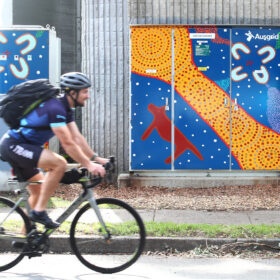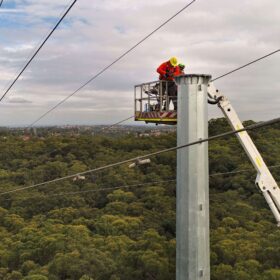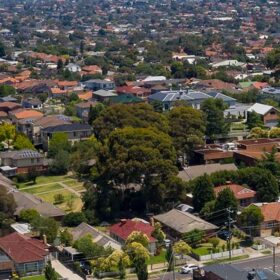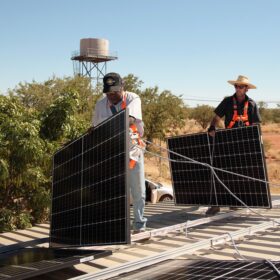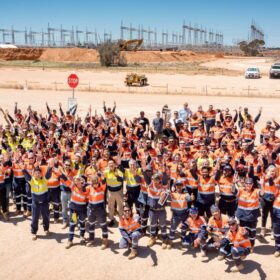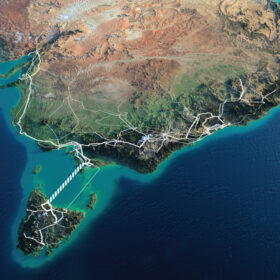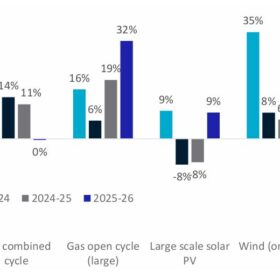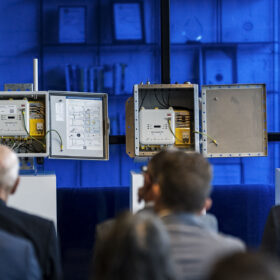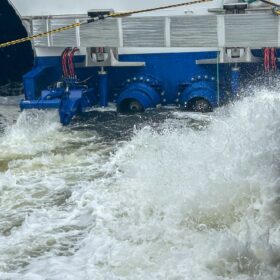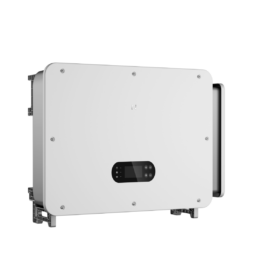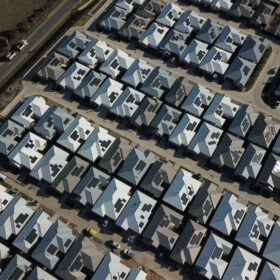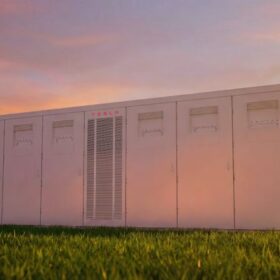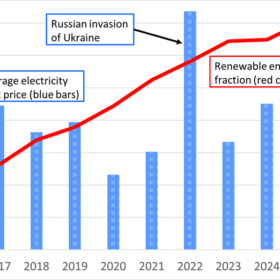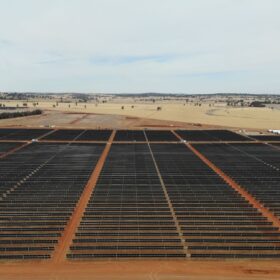Facilitating DER/CER in Australia’s two-way energy system: report
The Australian Energy Regulator has released its third annual export services network performance report on facilitating consumer energy resources in Australia’s two-way energy system.
Engie lights up Big Bash Leagues stadium with accredited GreenPower
French energy giant Engie will power all four Big Bash League cricket matches at the Engie Stadium, at the Sydney Olympic Park with government accredited GreenPower, starting 20 December 2025.
1 GW transfer capacity unlocked by existing Hunter region network upgrades
Electricity distributor Ausgrid will unlock 1 GW of transfer capacity from the Hunter-Central Coast Renewable Energy Zone by upgrading its existing distribution poles and wires, instead of building of building new ones.
Energy retailers operating in Victoria cop a record $24.5 million in penalties
The Victorian Essential Services Commission has fined energy retailers operating in Victoria a record $24,467,958 for consumer protection breaches, including overcharging.
First Nations groups encouraged to work with utilities to achieve solar on every household
First Nations Point Pearce Aboriginal Community in South Australia has negotiated with AGL Energy to have rooftop solar installed on every residents’ home, in a template First Nations Clean Energy Network encourages other communities to follow.
EnergyConnect transmission project records 10 million worker hours
Transgrid and Elecnor Australia, construction partners on the $4.1 billion, 700 kilometre EnergyConnect transmission project have clocked more than 10 million worker hours on the epic project involving the construction of over 1,000 transmission towers.
$994 million in contracts granted for Marinus Link Stage 1
Marinus Link has awarded $994 million in contracts as part of the TasVic Greenlink joint venture of DT Infrastructure and Samsung C&T Corporation to deliver the balance of works package for Stage 1.
Renewables remain lowest-cost option says CSIRO report
The national science agency’s latest update on the cost of meeting Australia’s future power needs has again found firmed renewables provide the lowest-cost option for electricity generation.
IND targets global rollout of grid fault detection technology
IND Technology, the electricity grid safety start-up that was spun out of RMIT, has raised $50 million to help accelerate the global rollout of the company’s early fault detection technology.
Incat powers up world’s largest battery-electric ship
Australian shipbuilder Incat Tasmania has powered up the world’s largest battery-electric ship – and the largest electric vehicle of any type on the planet – and successfully completed its first e-motor trial in Hobart.
